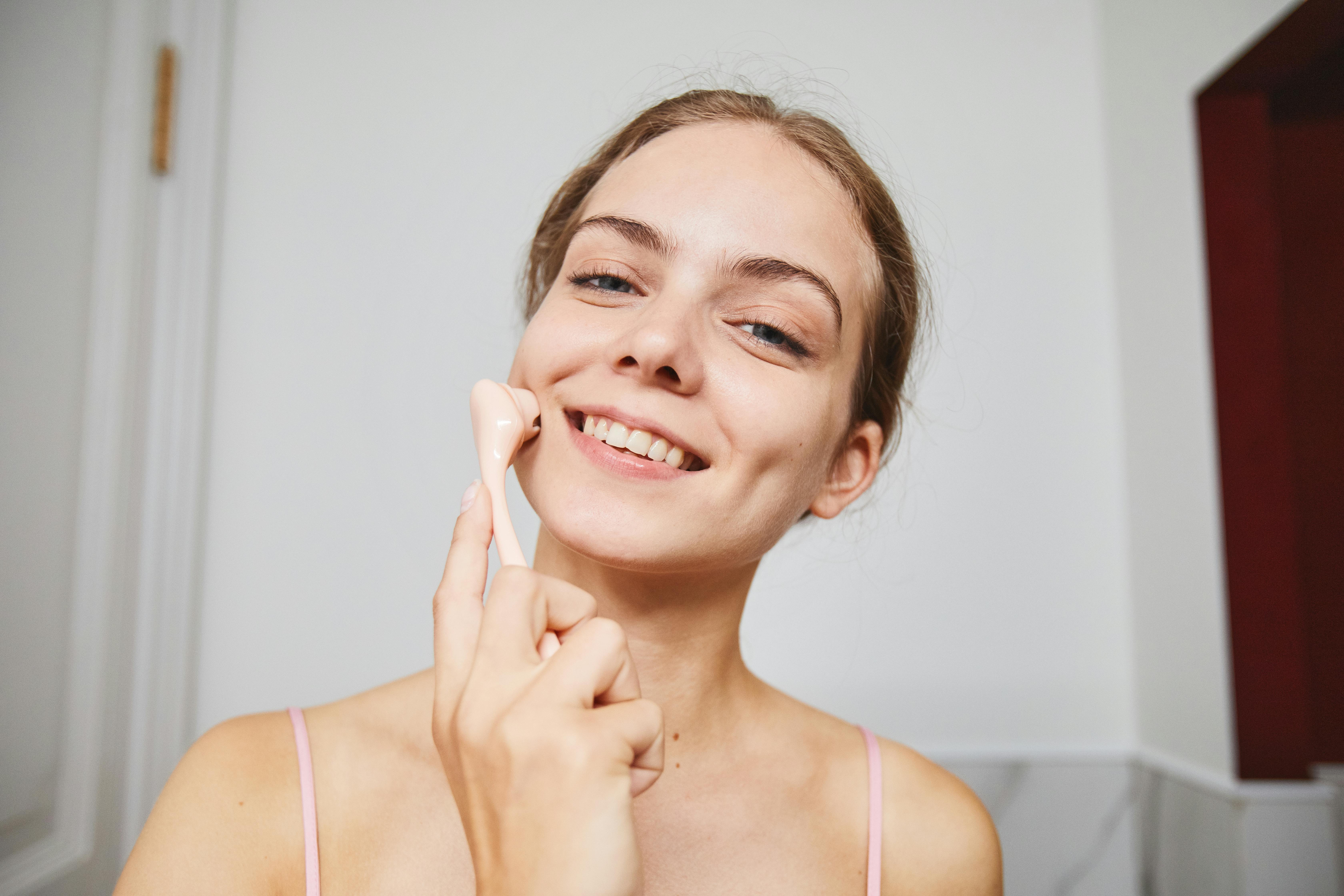
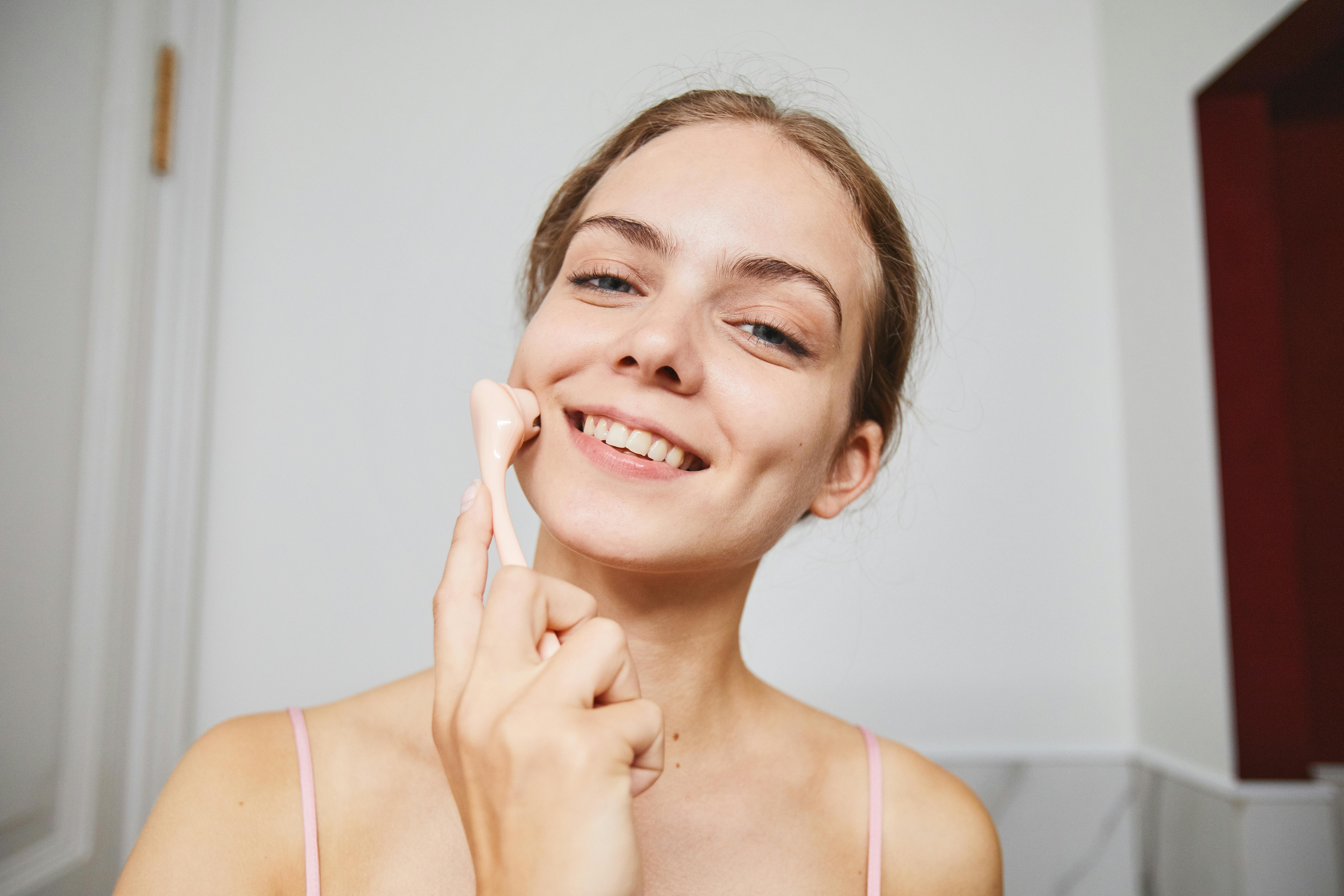
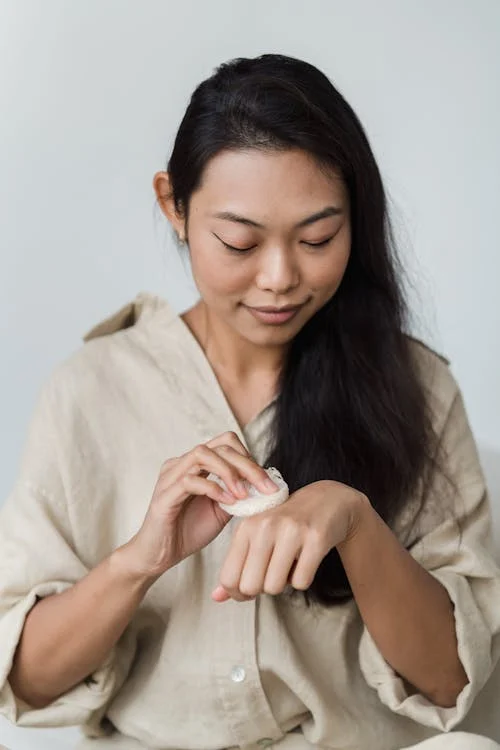
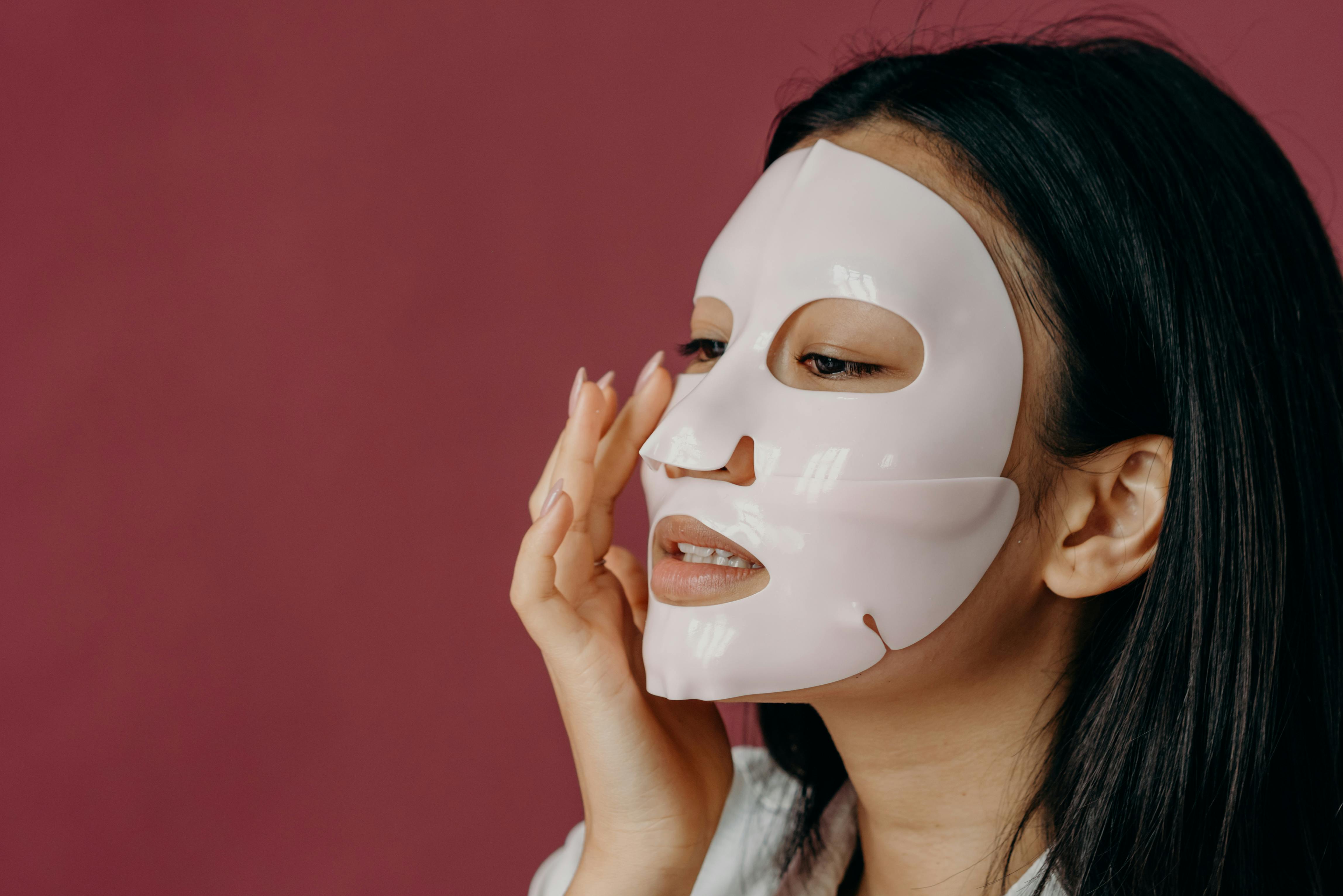
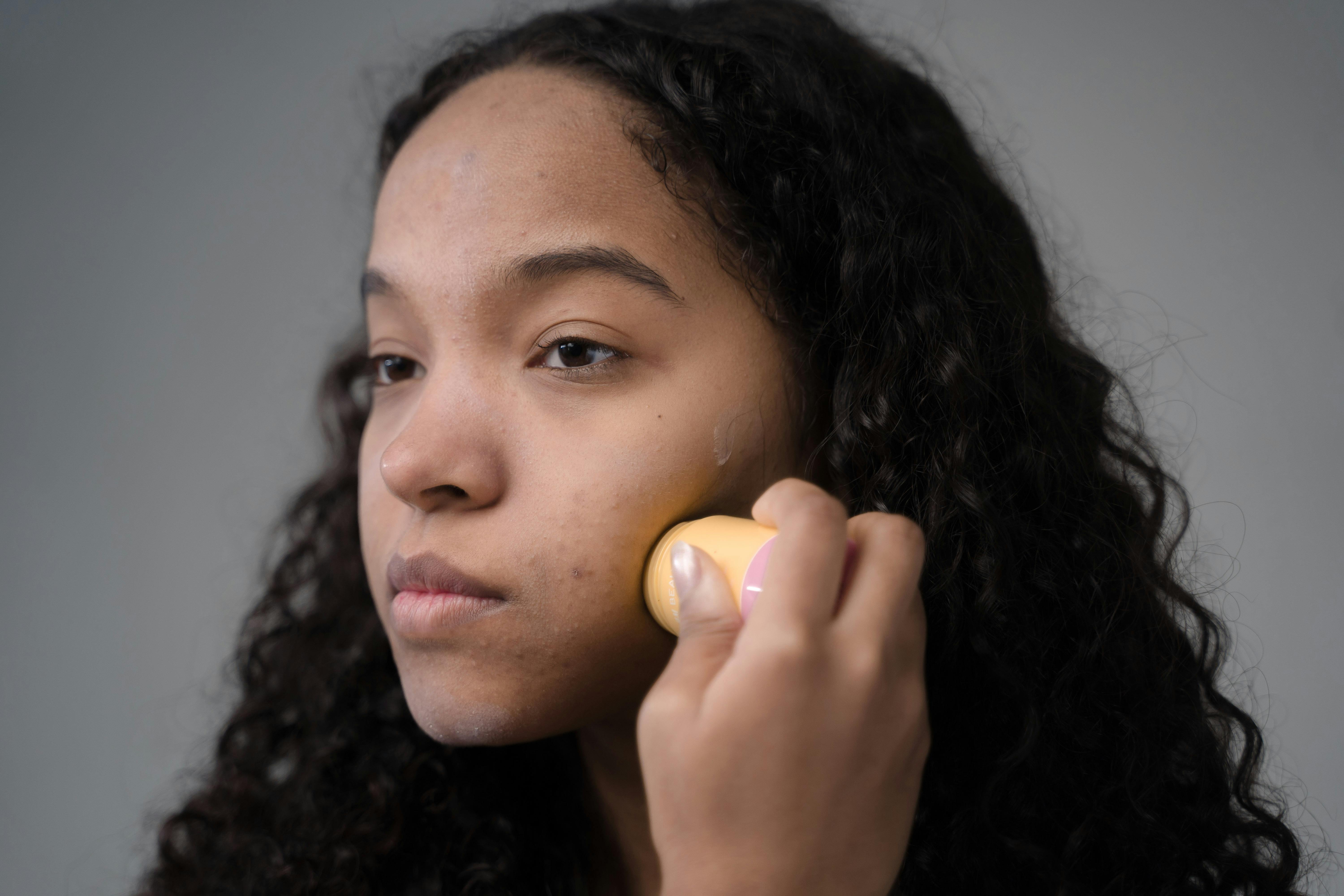
Rejuran vs. Juvelook: Which Skin Booster Is Right for You?
Are you trying to decide between Rejuran and Juvelook for smoother, firmer, and more radiant skin?
If you're dealing with wrinkles, dullness, or acne scars, it can be challenging to figure out which skin booster treatment aligns best with your skin goals.
In this guide, we'll break down the key differences between Rejuran and Juvelook — including ingredients, benefits, side effects, and suitability — so you can make a confident, informed choice for your skin.
What Is Rejuran?
What’s in it?
Rejuran is made from PDRN (Polydeoxyribonucleotide) — a molecule extracted from salmon DNA, known for its healing and anti-inflammatory properties.
How does it work?
Rejuran is injected into the skin’s dermis layer, where it:
- Activates collagen regeneration
- Calms inflammation
- Restores the skin barrier
It’s especially ideal for sensitive or redness-prone skin.
Key benefits:
- Boosts collagen and elastin production
- Reduces fine lines and wrinkles
- Improves sensitive and inflamed skin
- Adds a hydrated, glass-skin glow
What Is Juvelook?
What’s in it?
Juvelook blends PDLLA (Poly-D,L-lactic acid) with hyaluronic acid (HA), making it a dual-action skin booster that targets both hydration and volume loss.
How does it work?
Once injected, Juvelook delivers immediate hydration through HA. Over time, PDLLA stimulates deep collagen production, improving skin firmness and texture.
Key benefits:
- Reduces acne scars and enlarged pores
- Restores volume and elasticity
- Stimulates long-term collagen growth
- Offers natural-looking, long-lasting results
Rejuran vs. Juvelook: Quick Comparison
Skin Booster | Rejuran | Juvelook |
|---|---|---|
Key Ingredient | Salmon DNA (PRDRN) | PDLLA + Hyaluronic Acid |
Best for | Sensitive skin, redness, early signs of aging | Acne scars, volume loss, deep wrinkles |
Primary Benefit | Skin healing and regeneration | Collagen stimulation and volume |
Downtime | Mild redness, 1-3 days | Moderate swelling/bruising, 3-5 days |
Effect Duration | 3-6 months | 6-12 months |
Injection Depth | Superficial to mid-dermis | Mid to deep dermis |
Suitability | Sensitive, dry, redness-prone skin | Aging, textured, scarred skin |
Side Effects and Downtime
Rejuran Side Effects:
- Mild swelling and pinpoint redness
- Light bruising or itching
- Typically resolves within 1 to 3 days
Juvelook Side Effects:
- Moderate swelling or bruising, especially under eyes or cheeks
- Slight tenderness at injection points
- Downtime usually around 3 to 5 days
Important: Always consult with a licensed professional for both treatments to ensure proper technique and post-care.
Frequently Asked Questions
Q: Can Rejuran be used under the eyes?
A: Yes. Rejuran is gentle enough for the delicate under-eye area and may help reduce dark circles, fine lines, and dryness.
Q: Is Juvelook better for acne scars?
A: Yes. Juvelook’s PDLLA component targets depressed scars and enlarged pores, making it an excellent choice for acne-scarred or textured skin.
Q: Which treatment has more downtime?
A: Juvelook typically has a slightly longer recovery period of 3 to 5 days, due to its deeper injection depth and collagen-stimulating action.
Q: Can I combine Rejuran and Juvelook?
A: Yes. Some clinics offer combination protocols depending on your skin type and treatment goals. Always consult with your practitioner to find the best plan for you.
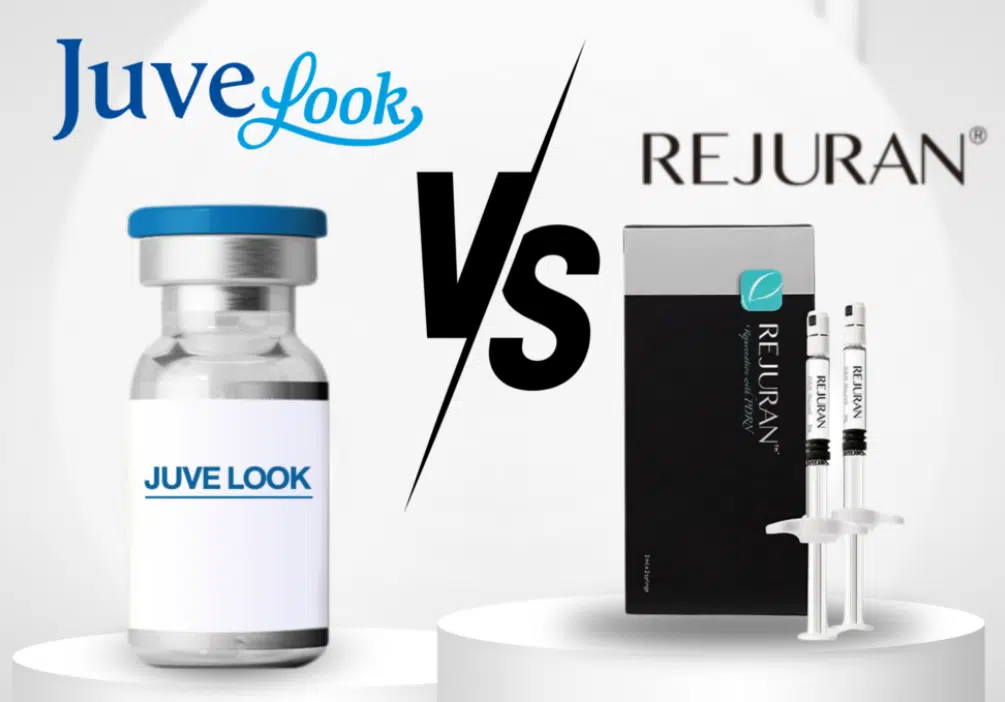
Final Thoughts: Which Skin Booster Wins?
Both Rejuran and Juvelook offer powerful benefits—but they work differently.
Rejuran: Repair, hydration, glow
Juvelook: Collagen, texture, long-term volume
The best choice depends on your skin type, age, and concerns.
For the most personalized results, try our AI skin analysis and book a consultation with your dermatologist to create a treatment plan that fits your goals.

